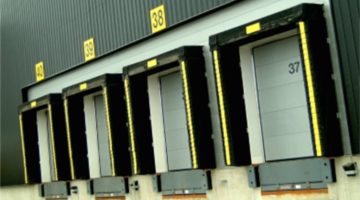What is a Cost Segregation Study?
IRS-accepted, tremendous tax-saving
strategy that may significantly improve
cash flow on commercial and
investment real estate.
Property owners of commercial and investment real properties typically depreciate their real estate holdings over 39 years or 27.5 years (residential rental property). However, the IRS has provided guidelines to identify certain components of a building and reclassify them as shorter-life assets. The reclassification could mean the property owner can take larger tax deductions over a shorter period, i.e., tax savings and improved cash flow.
An engineering-based Cost Segregation Study, conducted by the IRS’ preferred method, consists of a detailed examination of construction and accounting records and an extensive site inspection by a professional consultancy comprised of accountants and engineers with prior cost-segregation experience. Then, the study will identify the specific components of a building that can be reclassified as 5, 7, and 15-year life assets. Some examples of such components include accent lighting, carpet, cabinetry, floor covering, signage, paving, sidewalks, landscaping, specialty plumbing, electrical and HVAC equipment.

What Do You Need To Conduct A Cost Segregation Study?

New Construction
- Full set of plans
- AIA G702/G703 (or equivalent contractor’s final application for payment)
- General Ledger that contains all property accounts, including any work performed on the property outside of general contract work and construction related indirect costs – architectural and engineering fees, permits, legal fees, construction period interest, etc.
- Summary of other purchases related to the project – fixture and equipment to be installed, etc.
- Cost segregation target basis provided by the owner’s tax advisor
- Additional data as necessary

Acquired Property
- Cost segregation target basis provided by the owner’s tax advisor
- Any available plans obtained through the purchase
- Property appraisal report if available
- Information regarding post-acquisition improvements
- Additional data as necessary

Look-Back Study
(The building was placed into service in a prior tax year, and the tax return has already been filed)
- Any of the items listed in an applicable situation (new construction vs. acquisition)
- Depreciation schedule showing the building from the most-recently-filed federal income tax return
- Additional data as necessary
